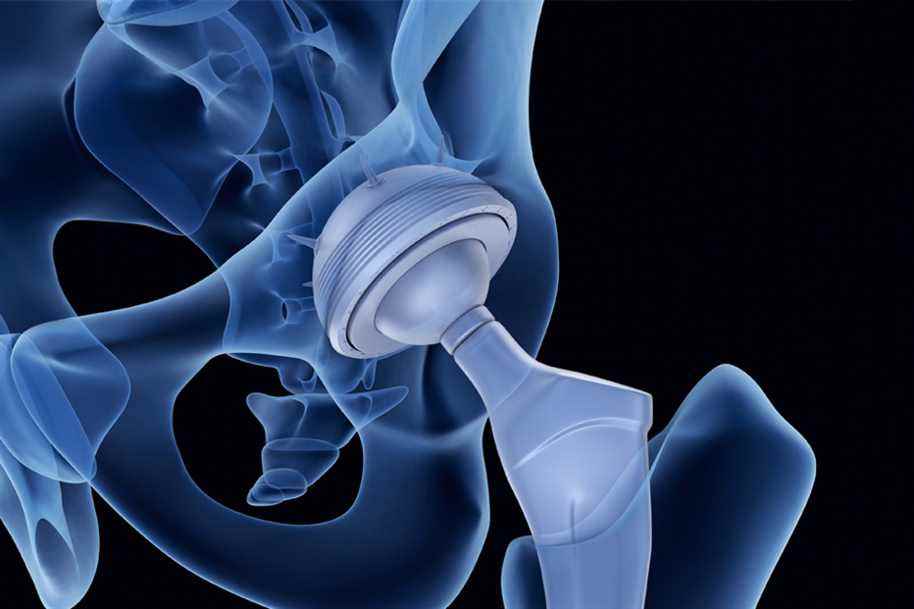(Montreal) A new coating developed by researchers at the National Scientific Research Institute (INRS) could promote healing and minimize the risk of rejection during knee or hip replacement surgeries.
The coating developed by doctoral student Imran Deen and Professor Federico Rosei is based on shrimp shells, collagen and glass.
“The goal is to mimic the makeup of bone,” Deen explained. We hope that the coating can be used to promote the growth of the tissues surrounding the implant. ”
This would be the first time that these three bioactive materials have been combined in an effort to minimize the risk of the body rejecting a metal, ceramic or polymer implant.
Chitosan, found in shrimp shells, has antimicrobial properties. Collagen, an organic component of bone, serves as the scaffold to which bone cells can migrate and grow. Finally, the phosphate glass doped with copper stimulates the formation of blood vessels as well as bone reconstruction.
These coatings can provide a better connection between the body and the implant, Deen explained.
The finding is all the more relevant as the Canadian population is aging, he added, and as seniors are more likely to need surgery that involves bone replacement.
“If it can be used for implants, it could improve their quality of life,” said Deen. It is a health problem, but it is also an economic problem. The more people will need an orthopedic implant, the more it will cost the health care system. ”
The materials used for the new coating, including chitosan and phosphate glass, are very inexpensive, he added. Chitosan thus comes from waste from the fishing industry.
The researchers used electrophoretic deposition, which is also affordable, to make this coating. The implant acts as an electrode on which particles of bioactive material are deposited, thus forming a layer.
Unlike other deposition processes in use today, electrophoretic deposition can be performed at standard ambient temperature and pressure on complex shapes, without expensive equipment.
However, Deen recognizes that it is easier to deposit the coating on a sheet of steel in the laboratory than to deposit it on an implant with complex shapes. We must also be concerned with the contamination of materials; while chitosan already has antimicrobial properties, collagen, on the other hand, is easier to contaminate, he pointed out.
“That’s always the problem when you create something new, you don’t know how it’s going to work in practice,” said Deen. Especially if you want to make thousands or millions of products, there are questions of quality assurance and reproducibility. ”
The deposition could be easily adapted for particular applications. It could for example be found in the manufacture of coronary or venous endoprostheses, or even during bone grafts.
The discovery by INRS researchers was the subject of an article in the Journal of Colloid and Interface Science.
